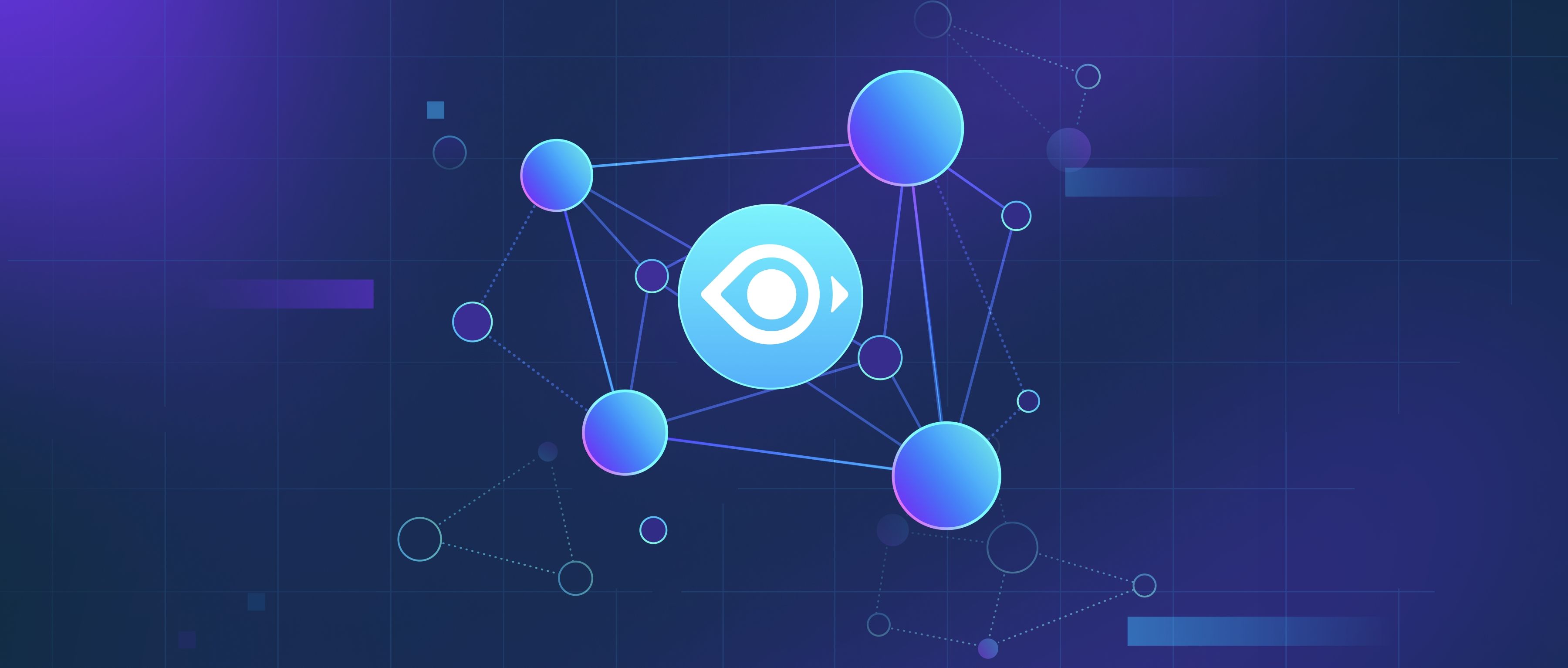Knowledge transfer is a vital concept in zero-shot learning (ZSL), which allows a model to make predictions about new, unseen categories without requiring labeled data for those categories. In this context, knowledge transfer refers to the model's ability to apply the learning gained from familiar classes to infer information about unfamiliar classes. This is particularly useful in scenarios where obtaining labeled data is expensive or impractical.
For instance, consider an image classification task where a model has been trained to recognize different species of animals, but it encounters a new species that it has never seen before. Through knowledge transfer, the model can use its understanding of similar characteristics from known species to make educated guesses about the new species. It can rely on shared features—like color patterns, body shapes, or habitats—to establish connections. If the model has learned to identify cats and dogs, it might successfully identify a new type of feline by applying what it knows about existing feline characteristics, even if it has never been trained explicitly on that specific type.
Additionally, using auxiliary information can enhance knowledge transfer in zero-shot learning. For example, by employing ontologies or semantic relationships between known and unknown classes, developers can structure the learning process more effectively. If a model knows that a "golden retriever" is a type of "dog," it can leverage this relationship to classify an unseen breed like a "labradoodle." Overall, knowledge transfer enables zero-shot learning systems to bridge the gap between what they know and what they need to learn, making them versatile and efficient in various applications where new classes frequently emerge.
